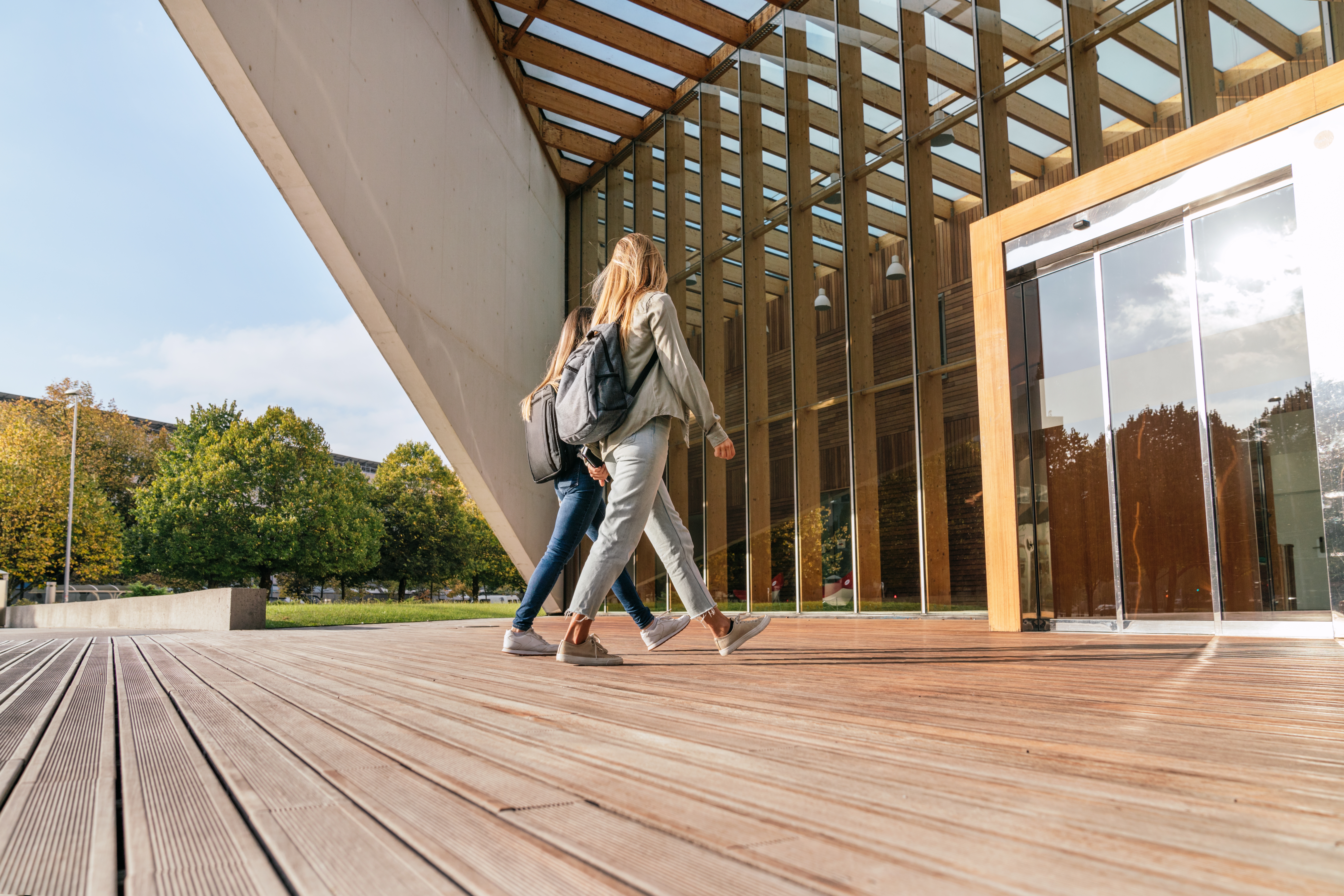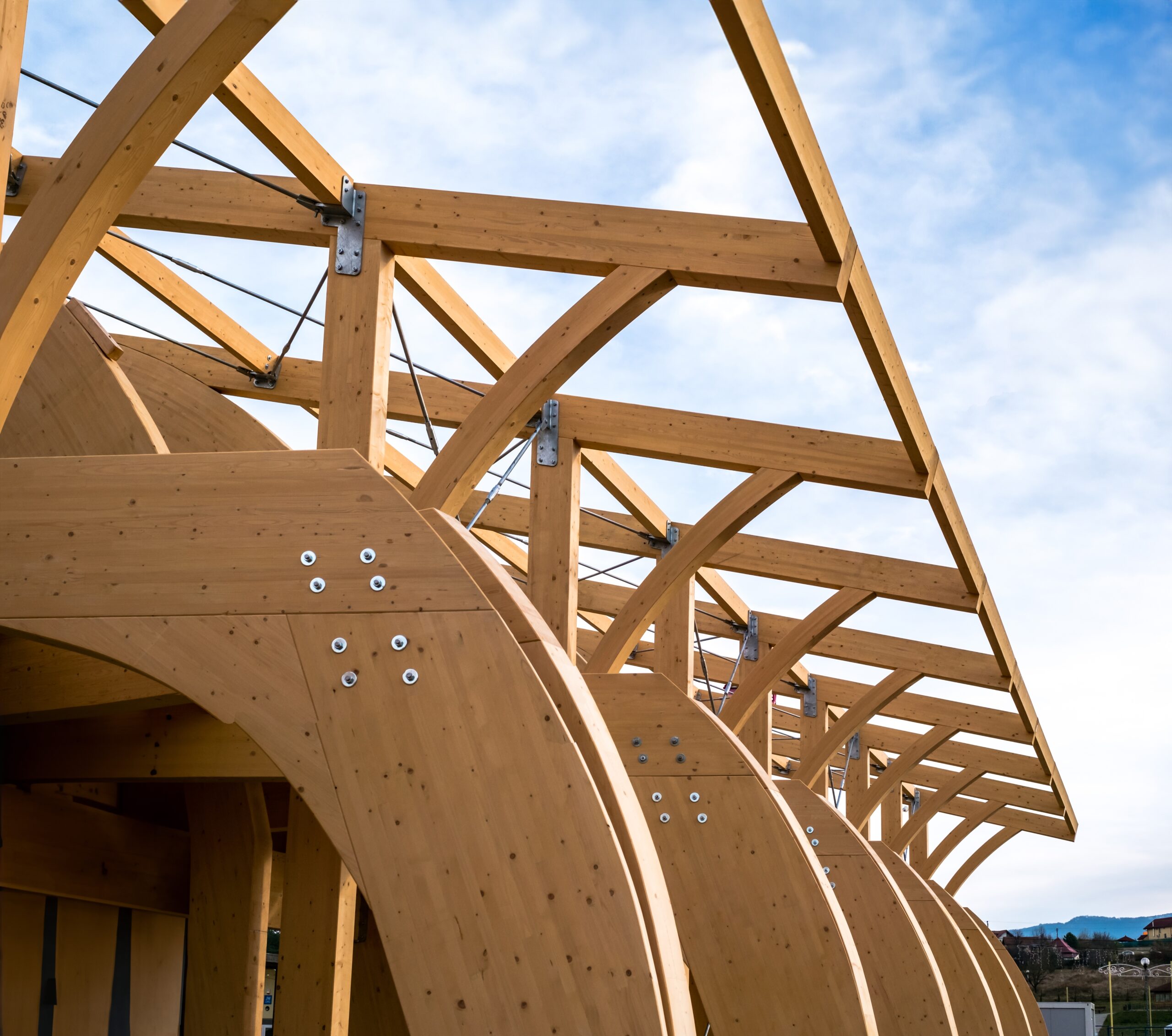Can we Reactivate our Central Business Districts?
The pandemic will have a lasting impact on how people work and nowhere will this be more evident than in central business districts (CBDs). When lockdowns were implemented, it transformed CBDs from vibrant centres of work and social activity to virtual ghost towns, where near-empty public transport, closed shops and vacant commercial towers, became the norm.
The Return of Activity in CBDs
Fast forward more than two years and welcomed human activity has returned to our CBDs. Office meetings are back in vogue and the surrounding retail and hospitality businesses are being rejuvenated. Trains, trams and buses are also heaving with humanity and the most potent symbol of the lockdown, the face mask, is slowly disappearing except where regulations demand it.
Accelerated Changes and New Expectations
The Shift to Remote Work
In some respects the pandemic accelerated some changes that were occurring, such as working from home (WFH), while other changes are a direct consequence. Either way, reinvigorating CBDs requires collaboration by governments, employers, employees and the wider community who seek social interaction.
Health and Safety Focus
One of the direct consequences for landlords with CBD-based assets and employers is a greater focus on the health and safety of tenants, employees and visitors. In May 2021, research by KPMG, Future of Work Impact on Commercial Real Estate Report, found landlords need to be more in tune with their tenants as the traditional economic or simple customer survey approach will not suffice.
Evolving Design Expectations
New tenants’ expectations are to be far more involved in the design of commercial spaces as the world collectively responds to expanded employee preferences.
Building Codes and Digital Transformation
Rigorous Building Codes
Added pressure will also come from more rigorous building codes as healthcare departments world-over try to limit the risk of future pandemics. Past trends towards densification and open-plan offices, with employees working in close proximity, will at the very least, be revisited, with physical distancing now very much part of the public psyche.
Digital Services Demand
Some CBD landlords were developing digitally enabled services for tenants and users pre-pandemic and the demand for them has accelerated. A report from RMIT which examined digitisation in a Melbourne context, found the path to a digital CBD will not be straight and flat, arguing it will require input from policymakers and regulators, to make responsible reforms and existing businesses will need incentives to invest and adapt.
The Hybrid Working Model
The Shift in Working Arrangements
In 2019, around only eight per cent of employees had a formal WFH arrangement and worked a median of one day a week from home. Overall, around two per cent of the total hours worked, were from home. Reasons include management practices and cultural norms in workplaces, as well as some employers being reluctant to invest in technology and systems.
Post-Pandemic Remote Work Trends
Covid turned this thinking on its head and turbo-charged WFH. The Australian Bureau of Statistics’ Business Conditions and Sentiments Survey indicates that the share of businesses with remote working arrangements increased notably due to the pandemic and these have been largely maintained despite activity restrictions being progressively unwound, since mid-2020. Large businesses, that account for a significant share of CBD office space, were able to accommodate a particularly sizeable increase in remote working.
Future of CBDs and Office Spaces
Evolving Office Spaces
The above-mentioned KPMG report, found 73 per cent of respondents accelerated their WFH strategies and 58 per cent expect to decrease their CBD office space, during the next five years.
The Hybrid Working Model’s Impact
The stark reality is the hybrid working model is a glimpse into the future. Those offering workplace analytics and/or different working spaces and technologies to connect, will be well placed. Physical head offices are likely to evolve into teamwork and collaboration hubs to help drive enhanced productivity and a premium will be placed on the health and safety of occupants and visitors.
Reflecting on the Evolution of Offices
Historical Context
The term ‘office’ dates back more than two millennia to Ancient Rome and was derived from the Latin word ‘officium’ – with each town having a forum bounded by shops, offices and government offices. Such an institution survived the Covid pandemic and now it’s time to reflect on the evolved societal norms as well as the future needs, for what we want from our CBDs.
BG&E’s Expertise and Contributions
BG&E’s Role in Commercial Buildings
As one of the ‘Top 10 Structural Engineering Firms’ in the world, as cited by the Council of Tall Buildings and Urban Habitat, BG&E has more than half a century of experience in delivering commercial buildings and workplaces that are characterised by outstanding technical prowess, beautiful design and innovative use of conventional and recycled materials.
Our Project Contributions
We consider how commercial buildings will respond to the social, environmental and economic needs of our clients, and specifically, how buildings will morph into the existing urban landscape, how they will connect with surrounding infrastructure and amenities, and the increasing desire for flexible and adaptive workspaces.
Notable Projects
Our award-winning structural and civil engineers, facades and materials experts, and construction engineers have contributed to the iconic Quay Quarter Tower and 3, 4, 6 and 8 Parramatta Square in Sydney, Darby Plaza in Newcastle, the new Chevron Tower in Perth, the new WeWork building at 260 Queen Street in Brisbane, the beautiful heritage-listed Olderfleet at 477 Collins Street, 600 Lonsdale Street and 570 Bourke Street in Melbourne, 22 Bishopsgate and the innovative over-station development at 21 Moorefields in London, The Index, Addax Tower, Vision Tower, Emirates Tower and the International Renewable Energy Agency headquarters in Abu Dhabi, to name a few.
Sources: Tsimos Commercial Advisory, The Future of Work Impact on Commercial Real Estate Blog, 2021; KPMG, Future of Work Impact on Commercial Real Estate Report, May 2021; RMIT University, The Innovation Hub, Centre for Cyber Security Research and Innovation and the Digital Ethnography Research Centre – The Future of the Digital CBD Melbourne and Beyond, 2021; Australian Productivity Commission, Working From Home Research Paper, September 2021; Reserve Bank of Australia, Statement on Monetary Policy – Box B: COVID-19 and Commercial Property in Australia, August 2021; and Australian Bureau of Statistics, Business Conditions and Sentiments Survey, June 2022.


